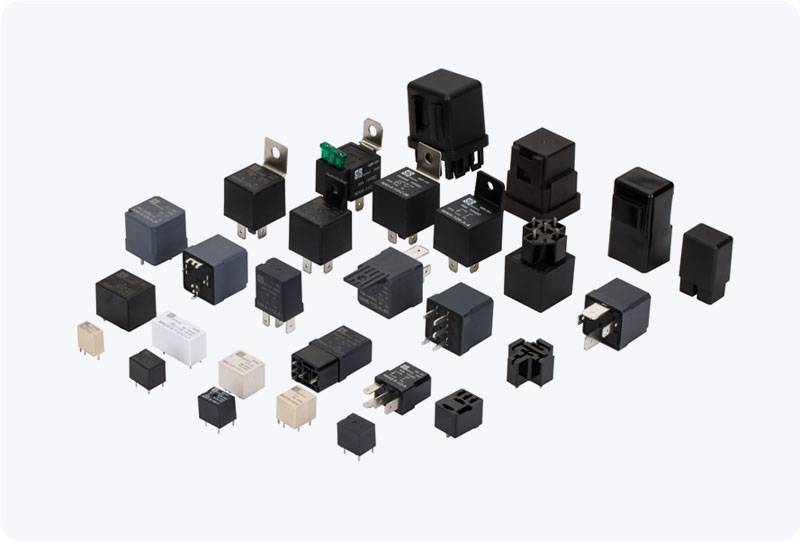understanding the starter motor relay: essential role in vehicle start-up
Release time:2025-06-15 01:58:13
The Starter Motor Relay plays a pivotal role in the operation of an internal combustion engine, serving as the key intermediary in the vehicle's ignition process. This small yet crucial component helps manage the flow of electrical energy to the starter motor, which, in turn, initiates the engine’s operation. A basic understanding of how the starter motor relay works, its components, and its potential issues can be essential for anyone involved in vehicle maintenance or troubleshooting.

What Is a Starter Motor Relay?
A Starter Motor Relay is essentially an electrical switch that controls the high-current circuit necessary to power the vehicle’s starter motor. Located within the vehicle’s electrical system, the relay is a vital piece that bridges the connection between the battery and the starter motor, ensuring that sufficient electrical power is delivered to start the engine. The relay operates based on a low current input (from the ignition switch) and switches on a high current output to the starter motor.
In simple terms, when the ignition key is turned to the start position, the vehicle’s ignition system sends a signal to the starter motor relay. This activates the relay and enables a direct connection between the battery and the starter motor, allowing the engine to begin its rotational movement.

